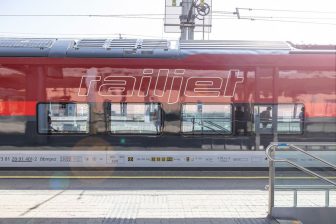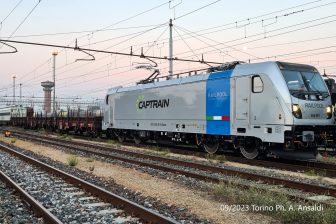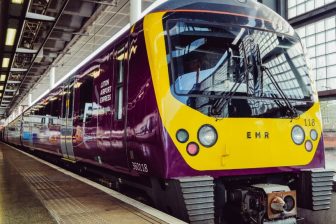
Vectron locomotive approved for ETCS Baseline 3
Siemens Mobility has authorised its popular Vectron locomotive for operations with the European Train Control System (ETCS) Baseline 3. The approval has been issued by Germany’s Federal Railway Authority (EBA) for haulage services within Germany. Also, the rolling stock manufacturer has obtained the same document for running in Sweden.
Vectron is the most popular locomotive of Siemens Mobility. The manufacturer has already sold over 980 vehicles of this type to 48 customers. The Vectron locomotives run in 18 European countries: Austria, Bulgaria, Croatia, Czechia, Finland, Germany, Hungary, Italy, the Netherlands, Norway, Poland, Romania, Serbia, Slovakia, Slovenia, Sweden, Switzerland and Turkey. Siemens Mobility plans to continue the authorisation of these vehicles for operating in other countries.
“The approval for operating with ETCS Baseline 3 marks an important milestone for our locomotive business. Siemens Mobility is pioneering the system’s early implementation in the rail industry. By driving digitalization, we are enabling our customers to make their infrastructure and their trains intelligent and to guarantee availability,” said Sabrina Soussan, CEO of Siemens Mobility.
ETCS
ETCS is a part of the European Rail Traffic Management System (ERTMS). It provides the standardisation of train control systems in place of many different national systems and creates the basis for interoperability between trains and trackside infrastructure. There are several versions of the system. Most European countries use ETCS Baseline 2 that enables continuous communication between the locomotive and rail route. With the help of the on-board computer, a train driver receives commands for permitted speed, targeted speed and distance. The solution also transmits the data on speed, position and direction from the locomotive to the Radio Block Center (RBC) – via the GSM-R digital railway radio system
In 2008 European Union Agency for Railways (ERA) proposed a new edition – ETCS Baseline 3. The improved version of the system has a lot of new features including a universal braking curve model and a cold movement optimisation. ETCS Baseline 3 costs less than the previous version and simplifies the deployment of on-board equipment. In 2012 ERA officially recommended the railway companies to install ETCS Baseline 3. The first deployment of the system’s latest edition took place in Denmark in 2016.
Read also:



